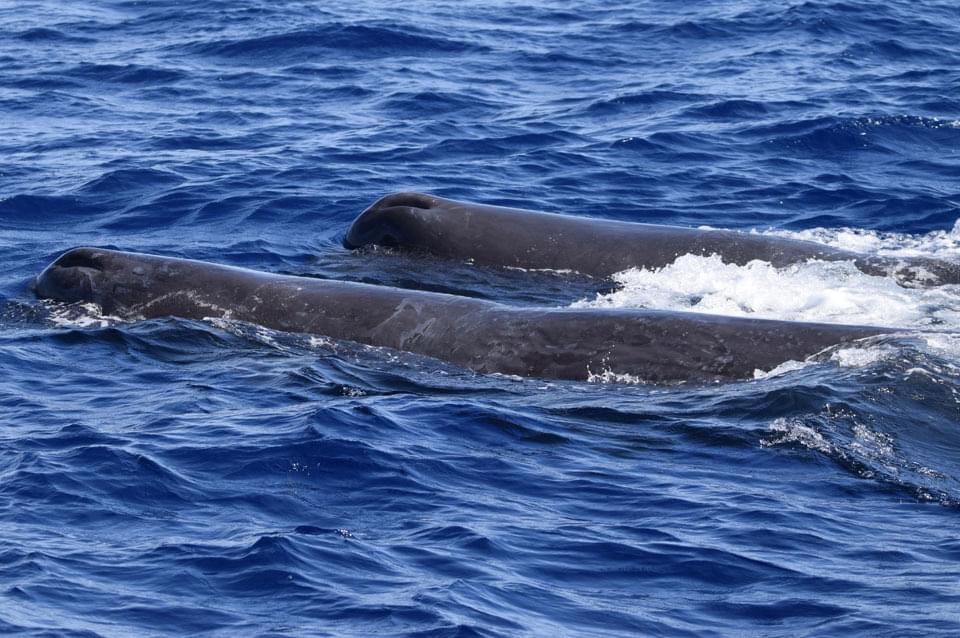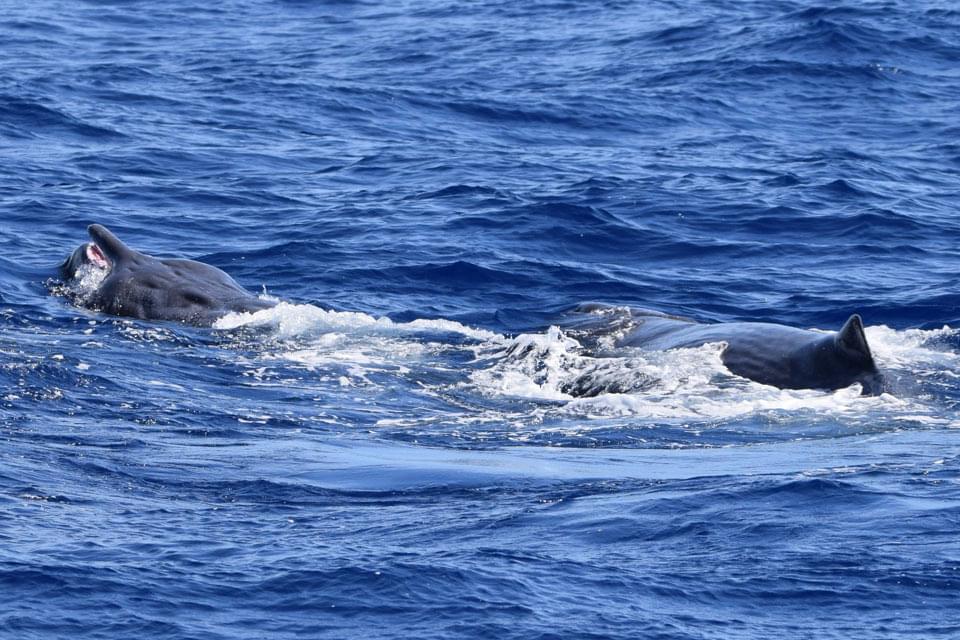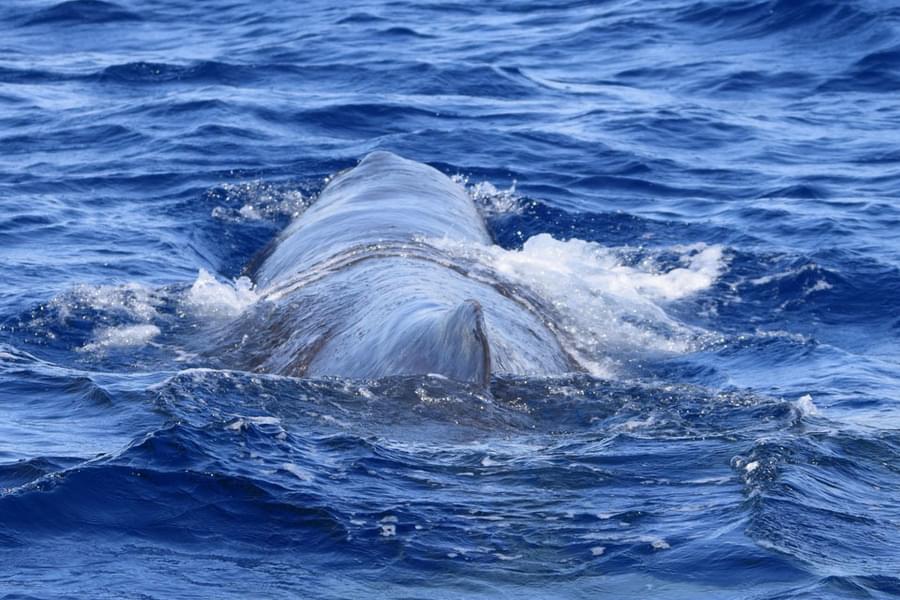Ocean Conservationists Tony and Marjolein joined Fred.Olsen Bolette to cruise around the Azores
On September 1st, Ocean Conservationists Tony and Marjolein joined Fred.Olsen on a cruise to the Azores and Madeira. The Azores are one of the best places to see whales and dolphins. Common, bottlenose, and Atlantic spotted dolphins are frequently seen, and the deep ocean surrounding the islands makes the perfect habitat for resident female sperm whale and their calves. It is no surprise that whale watching is one of the most popular activities for tourists that visit the Azores. However, the relationship between Azoreans and whales has not always been mutually beneficial.
During the 1800s, whale watching in the United States started to get more and more successful, and whalers expanded their hunting area. At one point, during a long journey, American whalers stopped for replenishment on the Azores. They met the islanders, who were usually poor, and told them about the whaling industry. Azorean men, who were used to tough lives with little economic prospects, joined the American whalers to learn the trade. After a while, those who survived the perilous journeys brought back the knowledge and whaling in the Azores started to thrive.
The waters surrounding the Azores are deep - and ideal for sperm whales. Whales were bountiful in the area and, unfortunately for them, easy to hunt. When attacked, sperm whales stay together to protect each other. This works well when they are attacked by orcas or other marine predators, but for humans, it only increased the number of whales that could be caught at the same time. Furthermore, sperm whales float when dead, which made it possible for the whalers to drag them to the island using small boats. Azorean whalers were efficient in their hunts, and since 1867, 12,000 sperm whales were killed around the Azores.
Due to the decline in the economic value of whale products and increasing attention to nature conservation, whaling came to an end, and in 1987 the last sperm whale was killed, as a protest carried out by old whale hunters. Since then, sperm whale populations have started to recover, albeit slowly. The Azoreans have since then revised their relationship with the whales in their waters to a more positive one: only a few years after the last sperm whale was killed, the first official whale watching trip took place.
Since then, business has started to thrive again. With resident sperm whale and dolphin populations as well as seasonal visits of blue whales, fin whales, sei whales and other species, the Azores has some of the best conditions for an amazing whale watching experience. However, sometimes whale watching is not that amazing for the animals. When a whale-watching company does not take certain precautions, whales and dolphins can get very stressed from the presence of whale-watching boats.
ORCA are working to promote responsible whale watching in the hope that companies will adhere to a set of guidelines to reduce the risk of disturbance. Whales and dolphins are wild animals. When watching them at sea, we are in their habitat, so practising responsible whale watching is imperative to keep within laws, reduce disturbance and harassment and protect these animals so future generations can continue to enjoy them.



